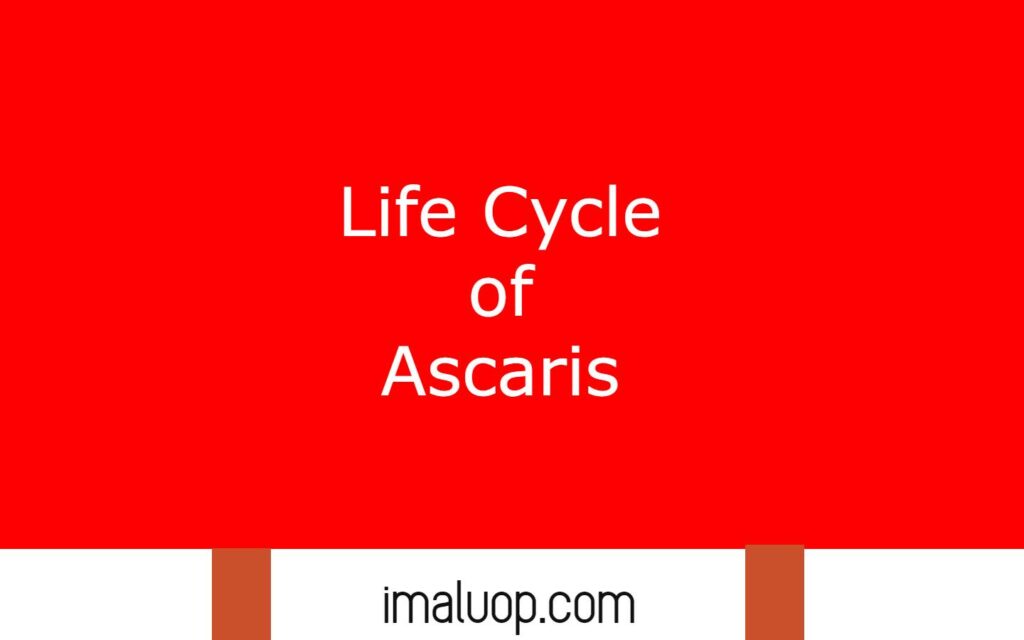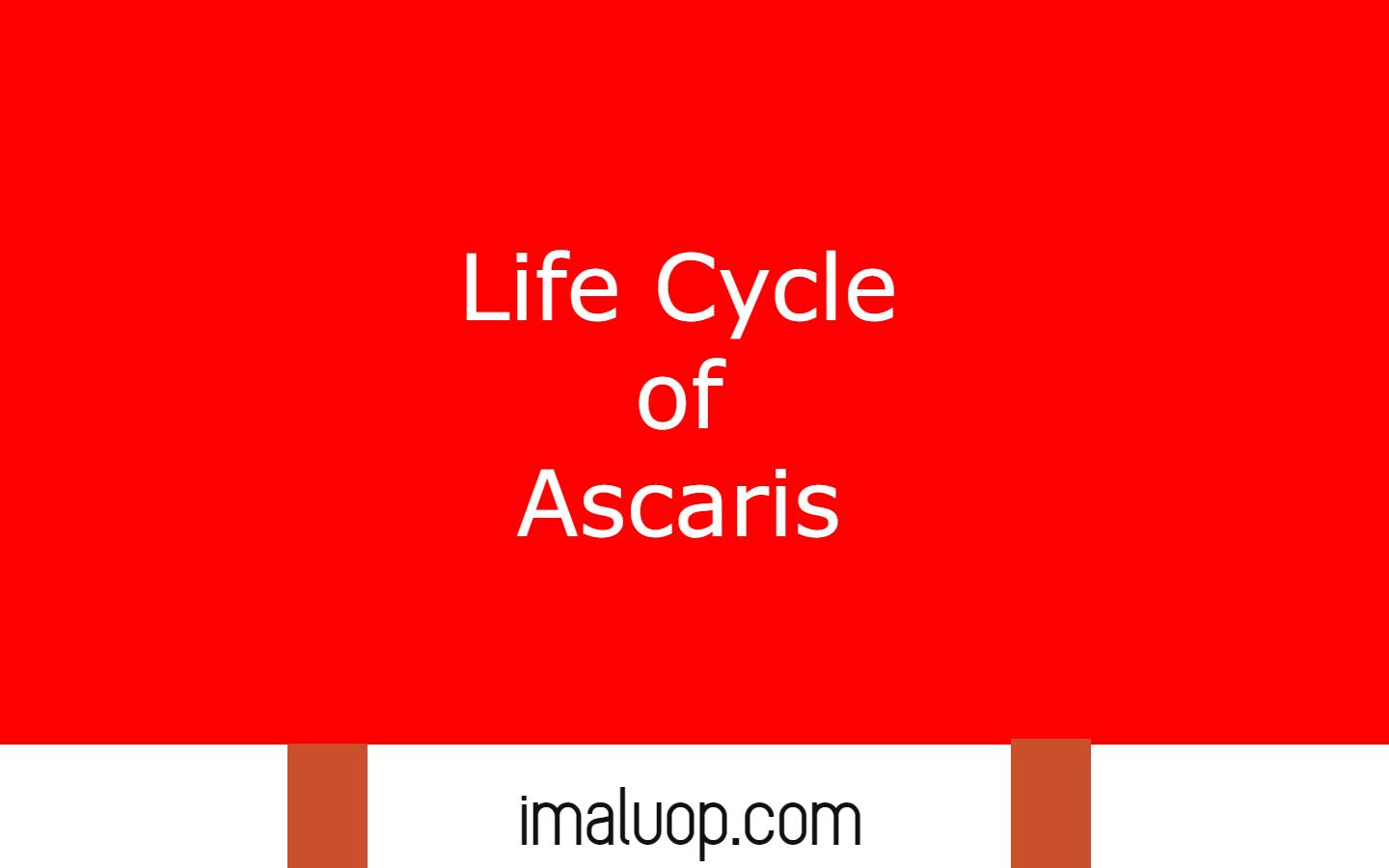Now we are going to discuss a roundworm Ascaris and life cycle of ascaris which will give you an general overview about the development process and life cycle of other members of phylum Aschelminthes.
Table of Contents
Who are Ascaris:
Ascaris is a member of Phylum Aschelminthes or round worm and they are known for their parasitic nature who spend a part of their life inside human Intestine and cause a disease, ascariasis.
They also depends upon pig because they spend a part of life in pig so to complete their life cycle they depends on pig and human and the present in them as parasites. They mostly infect children which cause malnutrition because the roundworm takes part in the food of the person so the person is not able to enjoy all of its food.
They occupy most of the part of our small intestine and it prevent the digestive enzymes to reach food properly so the person suffer from digestion problem and the growth become stunted in small children because they suffer from malnutrition.
They are very long intestinal parasites and they have all types of parasitic adaptation which helps them to live in the body of host easily.
Life Cycle of Ascaris:
The First Stage: Egg Stage:
Ascaris are present in the small intestine of humans where they grow upto they become mature for reproduction. When they become mature female Ascaris lay eggs in large numbers which is a parasitic adaptation for sustaining their entity by producing a large number of eggs.
A single female Ascaris can lay around 20,000 eggs which reach outside through the stool of an infected person and the eggs present in either fertilized state or in unfertilized state.
The eggs contaminate the water bodies if the contaminated water is used for drinking purposes then it causes infection of Ascaris but unfertilized eggs do not cause infection only fertilized eggs cause infection.
Second Stage: The Larval Stage:
The fertilized eggs do not hatch very quickly, sometimes it takes only a few days but sometimes they take several weeks to hatch. If the fertilized eggs reach humans during ingestion of contaminated water, the fertilized eggs hatch in the small intestine and the larva enter into the intestinal mucosa.
There the larva enter into our circulatory system and reach the lungs from there they reach the throat region which causes swallowing them. Then they again reach the intestine for future growth and here they become mature for reproduction and they perform reproduction.
Third Stage: Adult Stage:
The Ascaris live in the small intestine and grow there with the help of the food in the intestine and finally they become ready for reproduction. They need 2 to 3 month to lay eggs from their egg stage when they become adults and become ready to lay eggs.
Female Ascaris lay a large number of eggs of both fertilized and unfertilized eggs which go outside from the intestine through the stool of the infected person and contaminate the water bodies and after ingestion the contaminated water causes infection in healthy persons.
Only humans are not their host, they can infect other animals also, like their other primary host are swine and they also infect monkey dogs and other animals. We can prevent Ascaris infection easily if we give special attention to our food and drinking water because in most of the cases infection occurs through the food or water contaminated by Ascaris eggs.

And if we notice the common symptoms of ascariasis like frequent digestive problems, malnutrition, stunted growth then we should consult our doctors for future investigation and cure it as soon as possible otherwise it sometimes causes serious complications if not treated for a long time.
Read More: Characteristics and Types of Archaebacteria
Hi Everyone!!! Welcome to Imaluop. Imaluop always try to learn some new and he want to share to other people. Here we will try to learn various topics on Science, specially on Biological Sciences.
